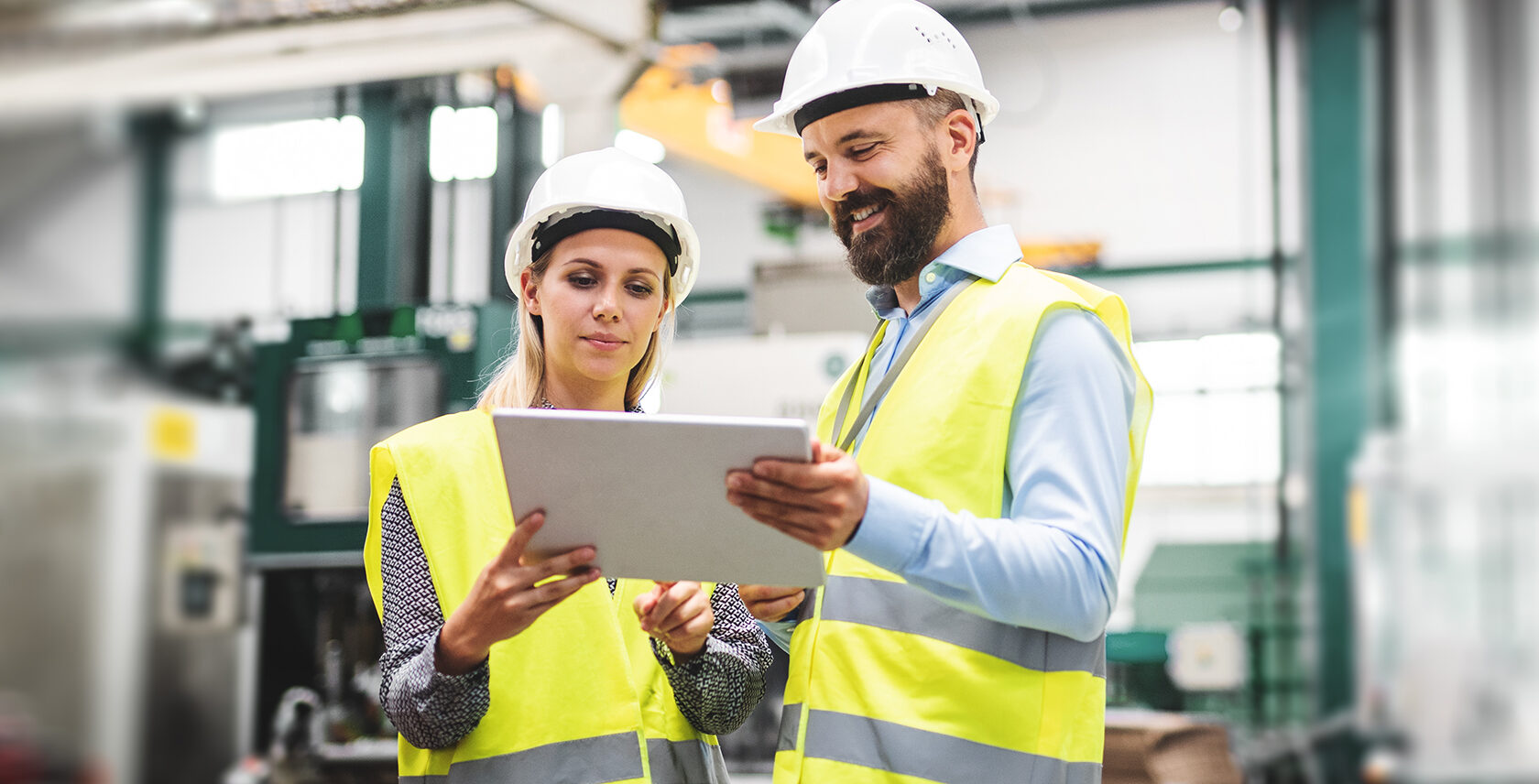News & Insights
Deep retrofits: going beyond the basics of going green
Deep retrofits are advanced strategies to help institutions further reduce their natural resource consumption, lower their carbon footprint, and become great corporate citizens.

Clients across a wide variety of sectors have improved the sustainability of their buildings through green retrofits. They’ve achieved energy savings through basic measures like changing to LED lighting, installing low flow water fixtures, optimizing HVAC systems, and improving windows and doors. But once the basics have been implemented, what needs to happen to achieve a deeper level of energy savings, and to meet climate change goals?
Salas O’Brien is working with clients on deep retrofits. These are advanced strategies to help institutions and corporations further reduce their natural resource consumption, lower their carbon footprint, and meet their corporate sustainability mandates.
What exactly is a deep retrofit?
A deep retrofit is a comprehensive upgrade of a building’s systems and components, with the aim of dramatically improving energy efficiency, reducing maintenance issues, and reducing carbon emissions.
While a “green retrofit” might focus on a singular strategy—like a lighting upgrade—a deep retrofit involves a holistic look at the connections between energy, water, products, and operations. By applying multiple strategies together, the results become exponential.
The idea is to substantially improve the building’s overall commercial value, life cycle costs, and savings, while achieving measurable environmental and social impact.
How to get started with a deep retrofit
The process starts with a thorough assessment of the building’s energy use, identifying areas to significantly reduce energy consumption. It looks at the intersections between water, mechanical systems, building envelope, and the products used in the building. It explores incentive programs to encourage policies that drive sustainable behavior and education to achieve real carbon reduction.
Consider that people go annually to a general practitioner for a checkup. The doctor will look at heart rate, blood pressure, weight, and will run some basic blood tests. There will be questions designed to uncover symptoms that might relate to an underlying health issue.
A similar approach works for buildings and facilities.
Simple tests and questions can uncover opportunities for substantial energy savings and more sustainable use of resources. We find many times that a minimal investment surprises owners with the capacity to simplify, save, and decrease carbon emissions.
Just like a doctor gives advice tailored to the patient, plans for a deep retrofit are distinctive to a facility. And just like a person’s health is affected by age, activity, and how well they’ve taken care of themselves—so is a building’s health. Every single building is unique, formed by details like orientation, piping systems, how equipment was installed—the variables are exponential. And while computer modeling can inform strategy, retrofits require “boots on the ground” going through the physical details of the building to form the assessment.
Strategies for deep retrofitting
While the possibilities vary based on a building’s individual context, there are many strategies that can be addressed concurrently to access a deep retrofit of a building. Some of the most common include:
- Building envelope. Improving the insulation and air tightness of the building envelope can reduce heat loss in winter and heat gain in summer, improving energy efficiency and reducing carbon emissions.
- Next-generation climate control systems. Newer approaches such as low-temperature water systems, closed loop hydronic systems, or geo-exchange systems save on energy loss, water usage, and greatly reduce operating costs.
- Wastewater reuse. Greywater from sinks, showers, and other sources can be collected, treated, and then reused for non-potable purposes such as irrigation, toilet flushing, and makeup water for cooling systems. This reduces the amount of fresh water that needs to be supplied to the building and can also reduce the burden on local sewage treatment facilities.
- Heat recovery. Heat that used to be wasted can now be recovered by taking heat generated by one system and moving it to another. For example, waste heat from a cooling process can be shifted to reheat coils. Heat can also be recovered from sanitary systems to use for thermal demands. These systems are completely isolated and insulated, so they operate without cross-contamination.
- Renewable energy sources. Combining electrification with new energy sources through power purchase agreements for wind and solar and installing renewable local energy systems, such as solar panels on parking structures, reduce the building’s carbon footprint and improve energy efficiency. Pairing with a battery energy storage system (BESS) can also provide resiliency in the event of grid failures and decrease demand charges.
- Energy management systems. An energy management system monitors and controls energy use. These systems can be used to automatically turn off lights and electronics when they are not needed, which can lead to significant energy savings. The next generation of these systems are self-diagnostic and can provide valuable data to inform changes to operations that can be used to further improve energy efficiency. For more industrial projects, a SCADA (Supervisory Control and Data Acquisition) system can provide real-time data on the status of equipment and processes, enabling operators to identify and respond to issues quickly. These can be customized to respond to market energy prices.
Addressing multiple elements together can generate efficiencies that lead to cost savings, carbon footprint reduction, decreased equipment requirements, and the ability to repurpose existing space.

Financial and tax incentives for deep retrofits
There are financial and tax incentives to help owners undertake deep retrofits. These incentives help make deep retrofits more accessible and economically viable, leading to greater energy efficiency and further reducing carbon emissions from the built environment.
One of the main financial avenues is the availability of grants, loans, rebates, and other programs. For example, some state and local governments offer grants and low-interest loans for energy efficiency upgrades. The federal government offers incentives for energy-efficient upgrades through programs like the Energy Policy Act and the Inflation Reduction Act.
Tax incentives can also provide significant savings for building owners. For example, the Energy Efficient Commercial Buildings Tax Deduction, also known as Section 179D, provides tax deductions of up to $5 per square foot for energy-efficient upgrades in commercial buildings. This includes deep retrofits that result in a 50% reduction in energy consumption compared to the building’s baseline energy use.
Salas O’Brien informs our clients of these opportunities when working on a deep retrofit and can help determine the right balance of upfront costs, energy, carbon, capital costs, optimization, controls, and other factors to determine what makes sense in their unique application.
Interested in what a deep retrofit could do for you?
Deep retrofits impact the triple bottom line returning profits in the form of energy savings, resilience, rebates, and better environments for people, along with more sustainable practices to protect our planet.
A deep retrofit requires technical expertise and specialized knowledge of building systems and components. Salas O’Brien has expansive experience helping clients achieve proven results in reduced energy use and cost and decreasing greenhouse gas emissions.
Contact us to talk about your facility.
For media inquiries on this article, reach out to Stacy Lake.

Carl Salas, PE
Carl Salas is a dedicated leader and co-founder of Salas O’Brien, known for his expertise in sustainable design and commitment to helping clients achieve great outcomes. With over 30 years’ experience in the industry, Carl is on the front lines of building a more sustainable world in practical, actionable ways. He is passionate about mentoring the next generation of engineers and is a strong advocate for diversity and inclusion in the workplace. Contact him at [email protected]..

Alan Vanags, PE, LEED AP
Alan Vanags has 30+ years of design and management experience. Alan focuses his efforts on providing technical guidance and leadership to his staff, as well as directing highly technical projects. An electrical engineer by training, he oversees a broad spectrum of projects, including laboratory buildings and complex hospital projects to campus infrastructure planning and design. Alan is a Principal with Salas O’Brien. Contact him at [email protected].